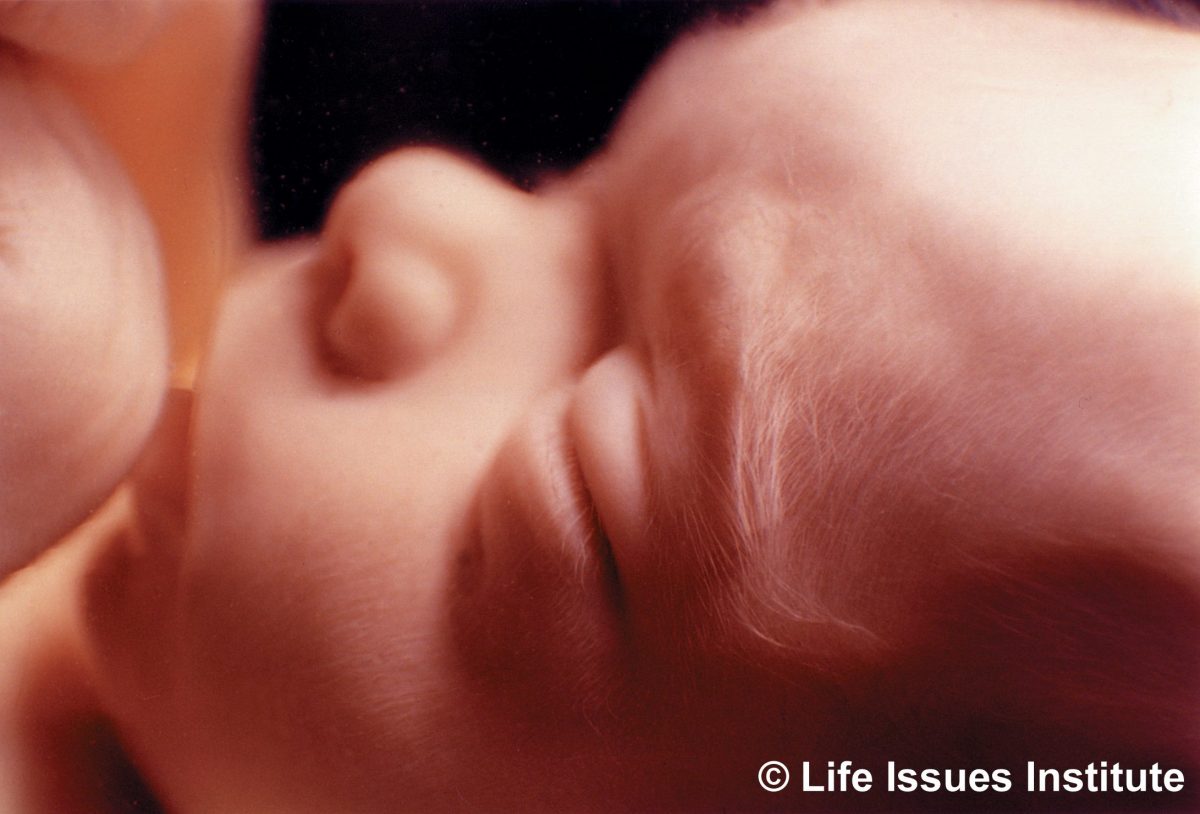This week, Judicial Watch and The Center for Medical Progress shared public records obtained from the National Institutes of Health, showing how the University of Pittsburgh proposed procuring aborted body parts based on the preborn child’s race.
Defenders of fetal experimentation often argue the use of aborted body parts for research purposes somehow benefits human beings, as the practice allegedly provides treatments for life-threatening diseases and other ailments. But the disturbing details revealed in the reports expose how fetal experimentation is inconsistent with basic human rights principles.
Not only has such research been proven unnecessary by scientists such as Dr. Tara Sander Lee, Senior Fellow and Director of Life Sciences at the Charlotte Lozier Institute, but due to the availability of ethical alternatives, it is also problematic ethically, as it labels certain groups of humans as “unwanted” and targets them for experimentation.
If any society is to take seriously the inherent dignity of all human beings, the type of research being practiced at the University of Pittsburgh should not be allowed to continue.
Exploiting Vulnerable Humans for Research
The records released by CMP and Judicial Watch included a $3 million grant application the University of Pittsburgh submitted to NIH in 2015 to become a “fetal distribution hub” for the GenitoUrinary Developmental Molecular Anatomy Project (GUDMAP). In the application, the University of Pittsburgh emphasized how it has “over 18 years of experience” collecting aborted baby body parts, making it an ideal candidate for supplying NIH researchers with fetal tissue.
Notably, GUDMAP’s Tissue Hub website describes how its researchers “isolate human genitourinary tissues” — organs related to the urinary and reproductive systems — from babies aborted between six and 24 weeks gestation.
More of the application can be viewed on Judicial Watch’s document archives page. Under point number five, the university claims that in its process of harvesting the aborted body parts, “Ischemia time is minimized.” According to the NIH, this refers to “the time a tissue, organ, or body part remains at body temperature after its blood supply has been reduced or cut off but before it is cooled or reconnected to a blood supply.”
The University of Pittsburgh went on to explain that “labor induction” is the “procedure that will be used to obtain the tissue.”
As CMP noted, “if the fetus’ heartbeat and blood circulation continue in a labor induction abortion for harvesting organs, it means the fetus is being delivered while still alive and the cause of death is the removal of the organs.”
Sadly, reports about the university harvesting organs from born-alive infants are nothing new.
In a three-part series for Live Action News, pro-life researcher Carole Novielli documented multiple cases involving experimentation on abortion survivors, many of which took place at the University of Pittsburgh. Similar descriptions regarding the use of live babies for research purposes were also described by CMP lead investigator David Daleiden in a 2019 op-ed for The Washington Examiner.
Both Novielli and Daleiden detailed one particularly gruesome 2012 experiment conducted by the university’s experimental surgeon, Dr. Jörg C. Gerlach, which involved harvesting livers from 18- to 22-week-old infants delivered alive in late-term abortions. The horrifying process of procuring live preborn babies for research purposes goes back to the 1930s, according to Novielli.
Novielli also notes that from the 1930s until the mid-1960s, University of Pittsburgh anatomist Davenport Hooker experimented on children who survived surgical abortions committed via hysterotomy.
Reducing individual lives to objects has far-reaching consequences, as indicated by the university’s stunning proposal to impose racial quotas for procuring aborted body parts.
Racial Quotas for Fetal Tissue
In the application to NIH, the University of Pittsburgh said it intended to use “Inclusion (or exclusion) of individuals on the basis of sex/gender, race, and ethnicity” when procuring aborted body parts. The university stated that it would harvest 50% percent of aborted babies from white mothers and 50% from minority patients and their children, with 25% of those harvested babies coming from Black women.
As CMP noted, “Allegheny County, the major metropolitan area from which Pitt-based abortion practices draw patients, is 80% white and only 13% Black.”
According to an amicus curiae brief CMP filed with the United States Supreme Court in Dobbs v. Jackson Women’s Health Organization, “The burdens of human trafficking of aborted infants disproportionately fall on minority communities.”
Targeting pregnant women and their children for fetal experimentation based on their race is an indefensible practice, one that aligns more closely with Planned Parenthood founder Margaret Sanger’s eugenic principles than values related to universal human dignity.
Fetal experimentation already categorizes certain humans as “unwanted” to justify using them for research purposes, slating specific children for destruction while selectively sparing others. Members of minority communities, and preborn children in general, are not ingredients to be used in scientific experiments.
A culture that claims to be concerned with equality — including racial equality — must keep this issue at the forefront of their consciences if that culture is to stand for justice and equal rights for all.
“Like” Live Action News on Facebook for more pro-life news and commentary!







